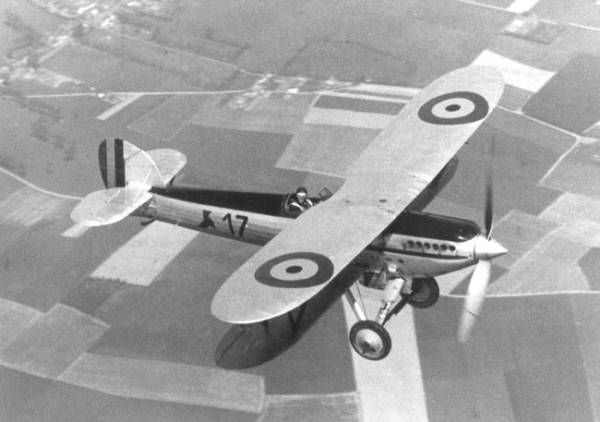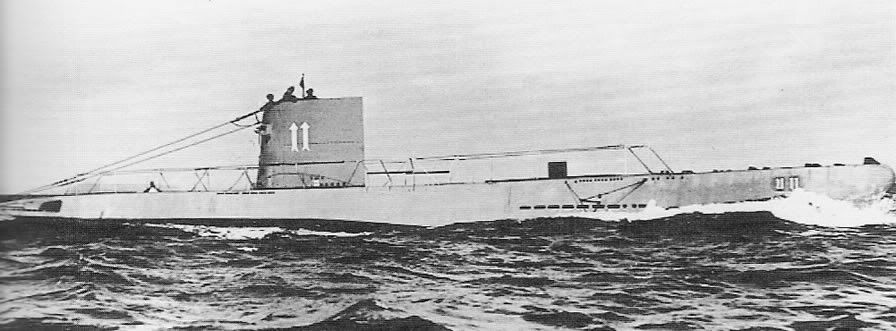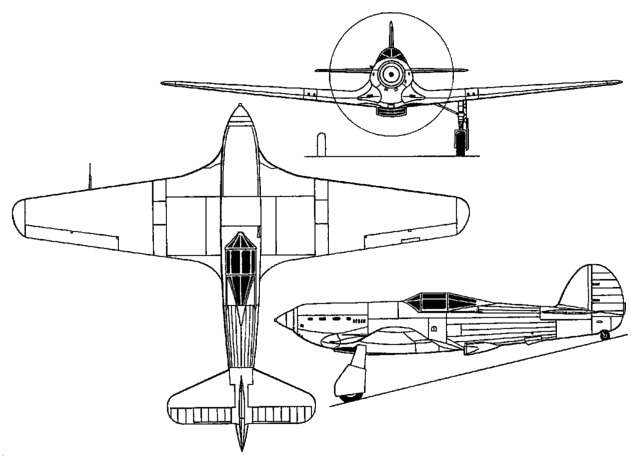Chapter 4
April 6, 1936
Army base Leopoldsburg, Limburg province, Flanders; 1300 hrs
It was a sunny spring day in Flanders. The troops of 1st Company welcomed this warm weather, after having to exercise nearly constantly in the pouring rain. It had even snowed a few days ago, and now the thermometers were indicating 24 °C. That's Flanders for you, not that anyone was complaining at the moment.
Sitting in his office, Lieutenant Jeroen Claes looked up from the paperwork in front of him, as there was a knock on the door.
“Enter!”
A private walked in.
-”Private Vanhaute reporting for duty, sir!”
“Ah, Erik, I see your broken leg finally healed. What did the doctor say? Are you completely ready for duty, or should we go easy on you the first few days?”
-”I'm ready for duty sir. I've been pacing around my hospital room for a week, but the doctor only dismissed me today. And I'm ready to get back at those 2nd Company bastards who put me in the hospital in the first place!”
“Yes, I'm sure you are. But I'm afraid that last bit is going to have to wait. 1st Company has been given the task of coming up with new tactics for motorized units. We're going to be completely motorized by the end of the month, and we'll be the testbed for the entire Regiment, and then the Division, which is planned to be motorized by the end of the year.
Report to Sergeant Peeters, he'll give you a job.
That's right, he's a Sergeant now. Long overdue, but well, you know how slow things travel up the chain.”
At that moment, a deafening roar engulfed the office. Jeroen made his way outside, and saw a small biplane aircraft pulling up mere meters from the ground, corkscrewing while it regained altitude, and then joining 2 other aircraft in a V-shaped formation flying off to the west.
“Damn flyboys... think they're superior because they don't have to sit up to their waist in mud and dirt when the shit hits the fan...”
----------
Sub-Lieutenant Wim Bekaert was laughing maniacally as he eased his Fairey Firefly II out of the corkscrew and into a steep climb to rejoin Lieutenant De Man's V-formation. Most of those poor Army suckers probably didn't even know what had just happened. He wondered how many had pissed themselves.
When he'd asked permission for a fly-by of the base, he had never expected Lieutenant De Man to accede. Then again, the Lieutenant didn't like the Army any more than he did. Of course, technically, they were all part of the Army, but none of them accepted that fact. Every pilot and ground crewman out there wanted an independent air service, so a rather bitter inter-service rivalry had started.
And now, because the ground forces wanted their new small arms, artillery guns and armored cars, the purchase of new aircraft would have to wait at least another year. Well, if that meant Wim could keep his Firefly, that was at least one good thing to come out of it. But damn it, the Air Force wanted some new toys as well.
Lieutenant De Man's plane waggled its wings. The Lieutenant motioned to the horizon. Wim brought up his binoculars, and sure enough, he could see 3 small specks slowly growing larger. He couldn't identify them from this distance, but he knew of course that these were 3 Firefly II's from 3rd Regiment, whom they'd be dogfighting with.
Oh yeah, finally some action after all those formation flying exercises in low visibility of the last few weeks.
The V-formation pulled up slowly, gaining some altitude without losing too much airspeed, and waited for the 'enemy' to close. The other formation did the same, and banked to the right, until both formations were flying parallel to each other at a distance of about 3 kilometers.
Someone would have to make the first move. Wim cursed to himself.
“Damn it, this is exactly the problem when flying in a 3-plane formation...You have to stick together constantly, or someone will be all alone!”
The Lieutenant waggled his wings again. This was the signal to initiate the manoeuvre Wim had proposed during the short pre-flight briefing. Although the Lieutenant hadn't been very enthusiastic about it, he was willing to give it a try.
Wim took his aircraft into a steep dive toward the hostile formation, gaining airspeed as he descended, while the Lieutenant and his wingman turned towards the enemy while keeping their altitude.
The enemy at first didn't respond to the single aircraft coming towards them from low altitude, but ultimately they had to do something. The 3rd plane from the enemy V broke off, and descended towards Wim.
The enemy dived on him, but before he was within firing range, Wim pulled up from his shallow dive, and went high and to the right, trading speed for altitude. The enemy plane was going faster, but its dive was steeper, and he needed a lot more room and time to pull out of it. By the time he was flying level and trying to reacquire his target, Wim had circled around and was now rapidly closing in on the enemy's tail. The other pilot started zig-zagging slowly, looking behind him, but it was too late. Wim had closed in, pulled the trigger...and took a nice photograph of the enemy in his sights within firing range. The enemy waggled his wings and admitted defeat.
Being released from the mental grip of this 1-on-1 duel, Wim looked around, and saw the 4 other aircraft close in. When he was close enough to see Lieutenant De Man's face, he saw a large grin. They had won!
----------
2 weeks later
Antwerp, 1030hrs
Lieutenant-Colonel Dierckx, commander of the 1st Fighter Regiment, knocked on Major-General Wouters' office door.
“Enter!
Ah, Dierckx, what can I do for you?”
-”Let me get straight to the point sir. Several of my squadron's pilots have been experimenting with 4 airplane fighter formations, and we have found them to offer more versatility in air-to-air combat.”
“Hm, continue...”
-”Well sir, the problem with the V-formation is that because there are only 3 aircraft, they have to stick together. As soon as one leaves the formation, it's on its own. This means the formation can only engage one target at a time, making it unwieldy. When we use 4-plane formations, the formation can split in 2 while still having each plane covered by a wingman. Thus this formation not only offers more firepower because of the extra plane, it also offers more versatility, even though the formation is larger. We have reports the Germans are experimenting with 4-plane flights quite successfully as well.”
“I take it you've got the results to back up this claim?”
-”Yes sir, I do. From the last few weeks of combat exercises, my Regiment claimed 27 confirmed kills, for just 6 losses. The unit with the next best score is 3rd Regiment, with 15 confirmed kills for 11 losses, of which only 2 kills were made against my unit.”
“How come I'm just hearing about this now?”
-”I sent a report about the use of the new tactics a week ago sir, but with the speed of...I mean...”
“That's alright Dierckx, I know things can get a little cluttered here, what with the Army manoeuvres and the 4th Regiment coming online. I must say, you seem to have done an excellent job leading the 1st. I'll make sure to put my staff to work on this new tactic.”
-”It wasn't just me sir. A young pilot, Sub-Lieutenant Bekaert, came up with the idea to have a more maneuverable fighter formation. He told his formation leader before a dogfight exercise, and they agreed to split up mid-air. He went in low, the 2 other planes went in high. The enemy was confused, had to break formation themselves, and were overcome. During later flights, Lieutenant De Man, the formation leader asked for an extra plane and got one. Following that, they won one battle after the other...”
“Sub-Lieutenant Bekaert you say? Sounds like he needs to lose the prefix. He's getting a promotion to Lieutenant, give him his own formation.”







